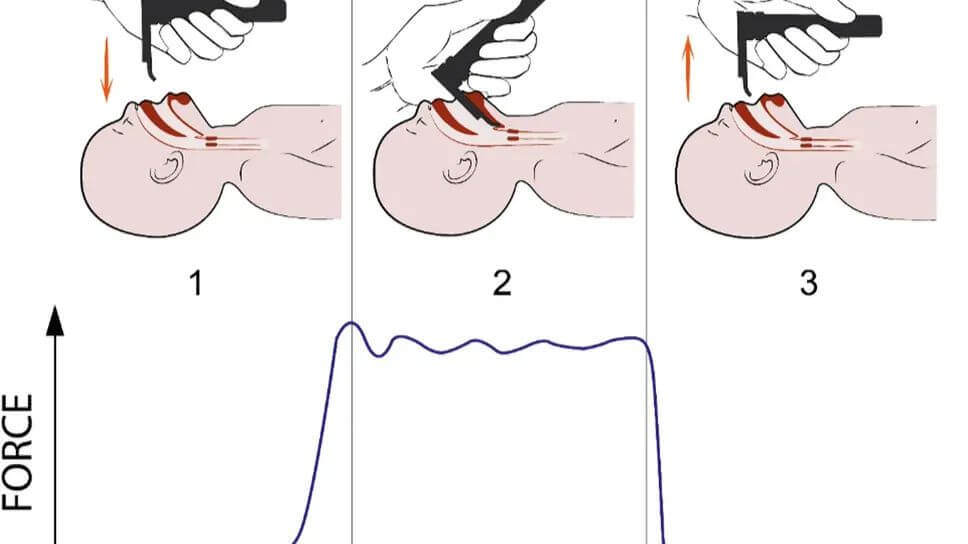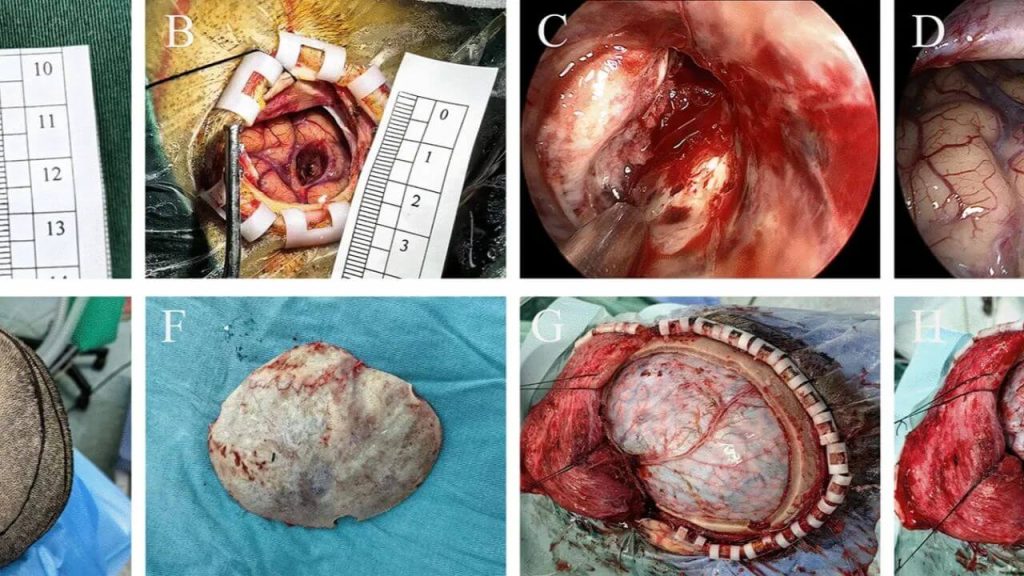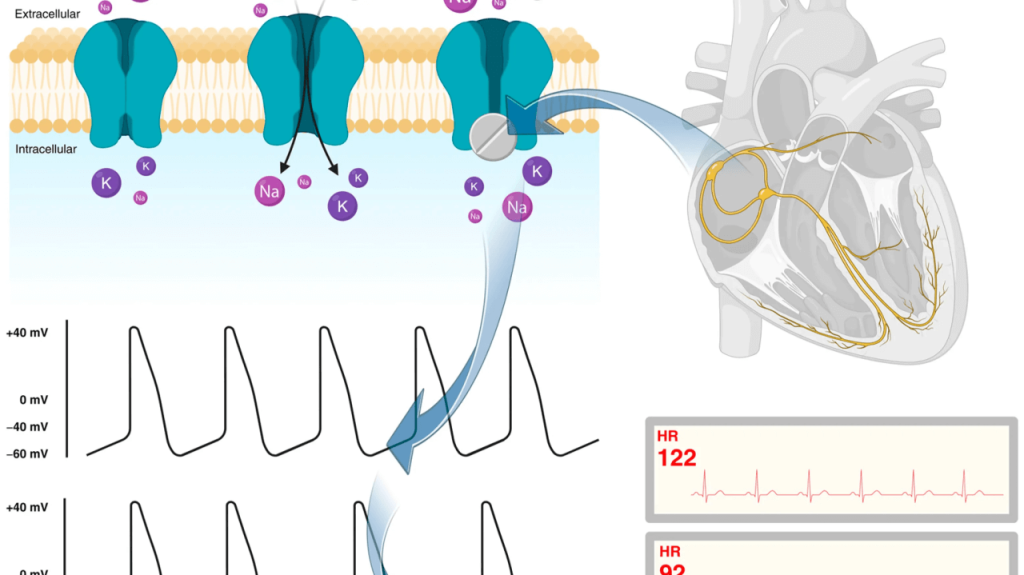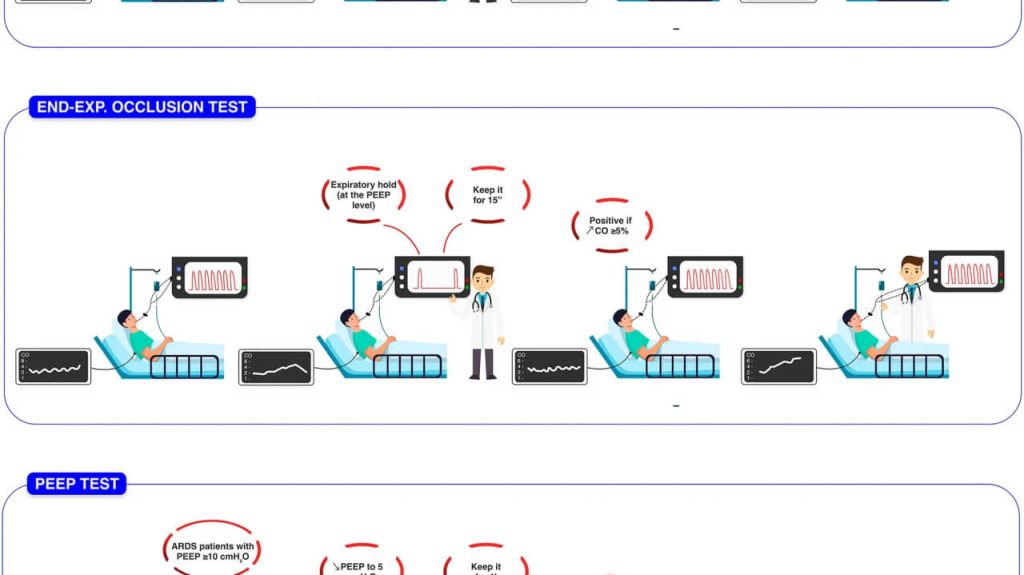Activity of Antiseptics Against Pseudomonas aeruginosa and Its Adaptation Potential
Abstract Background/Objectives: Pseudomonas aeruginosa rapidly acquires antibiotic resistance and demonstrates increasing tolerance to antiseptics. This study evaluated the activity of eight antiseptics against P. aeruginosa, assessed its ability to develop adaptation to these antiseptics, and, for the first time, determined the Karpinski Adaptation Index (KAI) for this bacterium. Methods: The minimal inhibitory concentration (MIC), susceptibility to antibiotics, bactericidal […]
Activity of Antiseptics Against Pseudomonas aeruginosa and Its Adaptation Potential Read Post »









